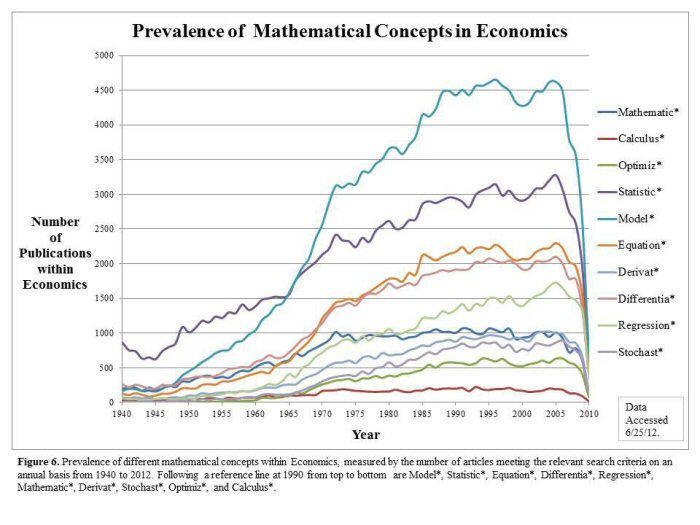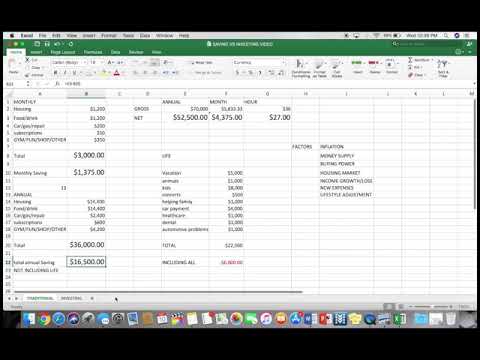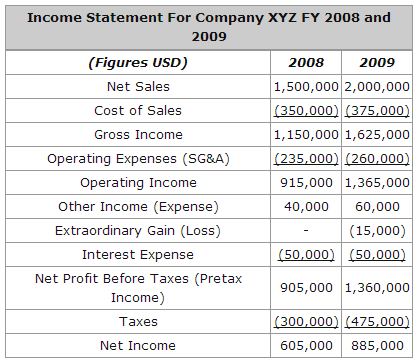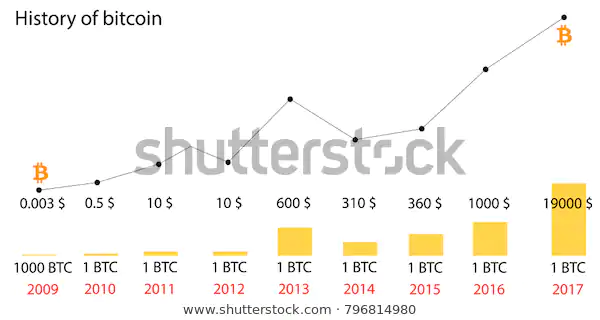Contents:


Likewise companies having too high a current ratio relative to the industry standard suggests that they are using their assets inefficiently. Raw Material InventoryRaw materials inventory is the cost of products in the inventory of the company which has not been used for finished products and work in progress inventory. Raw material inventory is part of inventory cost which is reported under current assets on the balance sheet. Current assets are those assets that easily convert into cash in a year.

They are required for the long-term needs of a business and include things like land and heavy equipment. Funding can come from a loan, investor, business line of credit, or you can pay cash. Cash and short-term assets that can be quickly converted to cash are called current assets. They’re also liquid assets — when an asset is liquid, it can be converted to cash in a short timeframe. The highlighted part in the image represents the prepaid expense of PayPal Inc. for FY22 and FY21, which is $1,287 and $1,148, respectively. Here, prepaid expenses refer to expenses paid for in advance but have yet to be consumed or used.
Net working capital
Current assets are generally reported on the balance sheet at their current or market price. The Current Assets account is a balance sheet line item listed under the Assets section, which accounts for all company-owned assets that can be converted to cash within one year. Assets whose value is recorded in the Current Assets account are considered current assets. Similarly, other liquid assets will also be classed as current assets. You can consider this type of expense as current assets as it stands for advance payments to be received in future by a company for goods and services.
Fixed Asset Software Market May Set Massive Growth by 2028 Microsoft, Oracle, IBM – openPR
Fixed Asset Software Market May Set Massive Growth by 2028 Microsoft, Oracle, IBM.
Posted: Sat, 15 Apr 2023 06:46:09 GMT [source]
Investors can use this number to assess the company’s ability to meet short-term obligations and manage day-to-day operations. We always list the current assets at the top of the asset section of the balance sheet above long-term assets. It is because these assets are expected to be used up or turned into cash quickly. In contrast, long-term assets will likely provide benefits over a longer time. On the other hand, having too much of current assets can be seen as a bad thing as this indicates that the company is either not willing to or is unable to invest the profits into upcoming growth projects.
Current Assets FAQs
The goal of rebalancing is to move the current asset allocation back in line to the originally planned asset allocation (i.e., their preferred level of risk exposure). Furthermore, the details with regards to such investments are mentioned in the financial footnotes. Add current asset to one of your lists below, or create a new one. We note above that Google’s Prepaid revenue share, expenses, and other assets have increased from $3,412 million in December 2014 to $37,20 million in March 2015. In that case, the company will record a $10 million prepaid expense to account for the insurance expense it will show in the month that it already paid for.
LITHIUM CORP Management’s Discussion and Analysis of Financial Condition and Results of Operations (form 10-K) – Marketscreener.com
LITHIUM CORP Management’s Discussion and Analysis of Financial Condition and Results of Operations (form 10-K).
Posted: Fri, 14 Apr 2023 20:58:04 GMT [source]
Prepaid expenses—which represent advance payments made by a company for goods and services to be received in the future—are considered current assets. Although they cannot be converted into cash, they are payments already made. Prepaid expenses might include payments to insurance companies or contractors. Current assets include cash, cash equivalents, accounts receivable, stock inventory, marketable securities, pre-paid liabilities, and other liquid assets. Short-term assets are items that a company expects to convert to cash in one year.
Free Accounting Courses
Once you have determined a strategy for valuing your assets accurately, it’s important to use it consistently. This is the only way stakeholders will be able to judge your company’s performance over time. Learn accounting fundamentals and how to read financial statements with CFI’s free online accounting classes. A low cash ratio is not necessarily bad because there might be situations that skew the balance sheets of a company.
- In this instance, some or all of the credit line would be moved to the allowance for doubtful accounts.
- Inventory refers to the raw materials or finished products that a company has on hand.
- Other current assets, like accounts receivable and inventory, are readily converted into cash and can be used to pay for operational expenses.
- Accounts receivables are the amounts that a company’s customers owe to it for the goods and services supplied by the company on credit.
For example, if a firm pays for a year-long lease, it is a prepaid expense, recorded as a current asset for the year. However, after the end of the renting period, the prepaid amount will be recorded as an expense in the balance sheet. Let us consider an example to calculate the current assets of a company called XYZ Limited. As per the annual report of XYZ Limited for the financial year ended on March 31, 20XX.
Invested In Low RiskLow-risk investments are the financial instruments with minimal uncertainties or chances of loss to the investors. Although such investments are safe, they fail to offer high returns to the investors. You simply add up all of the cash and other assets that can easily convert into cash in a year.
FRMO Corp. Announces Fiscal 2023 Third Quarter Results and … – Business Wire
FRMO Corp. Announces Fiscal 2023 Third Quarter Results and ….
Posted: Thu, 13 Apr 2023 23:46:00 GMT [source]
In simple words, assets which are held for a short period are known as current assets. Such assets are expected to be realised in cash or consumed during the normal operating cycle of the business. On a balance sheet, assets will typically be classified into current assets and long-term assets.The current ratio is calculated by dividing total current assets by total current liabilities. It is frequently used as an indicator of a company’s liquidity, which is its ability to meet short-term obligations. The difference between current assets and current liability is referred to as trade working capital. The quick ratio, or acid-test, measures the ability of a company to use its near cash or quick assets to extinguish or retire its current liabilities immediately.
Assets that are readily convertible into cash, usually within one year, without loss in value. Company Balance Sheet means the consolidated balance sheet of the Company as of December 31, 2014 and the footnotes thereto set forth in the Company 10-K. Current assetmeans any asset of a Borrower that is characterized as a current asset in accordance with GAAP. Current asset investments are carried at the lower of cost and net realisable value. Current asset investments are stated at the lower of cost and net realisable value. Quick Ratio is a variation of the Current Ratio, but only based on the most liquid Current Assets.
It had a mere $39,000 in https://1investing.in/ at the end of its latest quarter, while “its current liabilities exceed its current assets by $3,125,805,” the filings report. The company’s total current assets increased by 2.09% from $ 128,645 Mn to $ 131,339 Mn in 2017 and 2018, respectively. If these claims by the Company are to be matured or paid within one year, they are entered as non-trade receivables under current assets. Now that we know the different types of current assets, let’s look at the current assets formula. Noncurrent assets are depreciated in order to spread the cost of the asset over the time that it is used; its useful life.

accounting cycle assets are valued at fair market value and don’t depreciate. This section is important for investors because it shows the company’s short-term liquidity. According to Apple’s balance sheet, it had $135 million in the Current Assets account it could convert to cash within one year. This short-term liquidity is vital—if Apple were to experience issues paying its short-term obligations, it could liquidate these assets to help cover these debts.
Now that we know what current assets are, let’s explore some of the different types in more detail. The same can be said for current assets, they’re immediate and easily accessible. The Current Assets account is important because it demonstrates a company’s short-term liquidity and ability to pay its short-term obligations. Current assetmeans an asset that will normally be converted into cash in the normal operation of business within one year. Current asset investments comprise highly liquid investments with maturities of greater than three months and minimum “A-” rated fixed and floating rate securities.

The assets most easily converted into cash are ranked higher by the finance division or accounting firm that prepared the report. The order in which these accounts appear might differ because each business can account for the included assets differently. Current assets can be defined as an asset which is either cash or cash equivalent or anything which can be converted into cash quickly, usually 1 year. Because of its liquidity nature, the current assets play an important role in funding day-to-day business operations.
Therefore, the Balance Sheet orders the Current Assets above Non-Current Assets. Within the Current Assets section, nothing is more liquid than Cash & Cash Equivalents. Therefore, Cash & Cash Equivalents is almost always the first line on the Balance Sheet. My Accounting Course is a world-class educational resource developed by experts to simplify accounting, finance, & investment analysis topics, so students and professionals can learn and propel their careers. Rather than setting out separate requirements for presentation of the statement of cash flows, IAS 1.111 refers to IAS 7 Statement of Cash Flows. The effects of changes in the credit risk of a financial liability designated as at fair value through profit and loss under IFRS 9.
